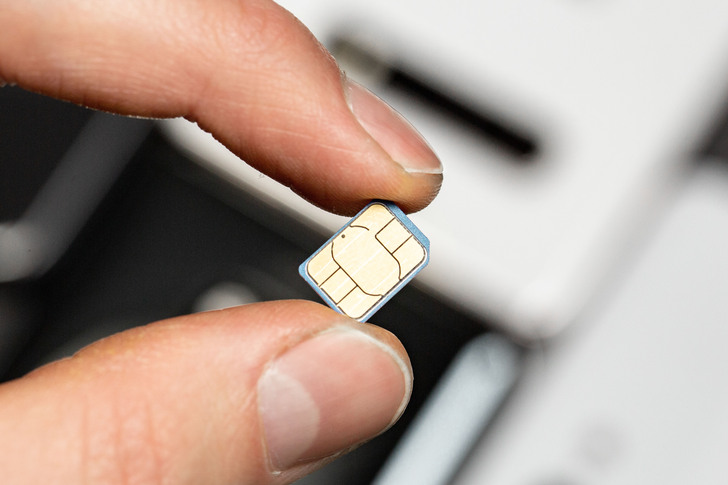How to Choose and Use Prepaid Phones in the USA

Advantages and Disadvantages of Prepaid Phones
Advantages
- No Contracts: One of the biggest benefits is the absence of long-term contracts. Users are not tied to a lengthy commitment and can switch providers or plans as needed.
- Cost Control: Prepaid plans offer better cost control. Users pay upfront and avoid unexpected charges, making budgeting easier.
- Flexibility: Prepaid plans are flexible and can be tailored to meet varying needs. Whether it’s a simple talk-and-text plan or one with unlimited data, options are available.
- No Credit Check: Since there is no contract, providers do not require a credit check, making prepaid phones accessible to everyone.
Disadvantages
- Higher Upfront Costs: Prepaid plans often require users to pay for their phones upfront, which can be more expensive than contract phones that are subsidized.
- Limited Phone Selection: The selection of phones available for prepaid plans can be more limited compared to postpaid options.
- Data Speeds: Some prepaid plans may offer lower data speeds or have data throttling after a certain usage limit.
- Fewer Perks: Prepaid plans often lack the perks offered by contract plans, such as bundled streaming services or international calling packages.
Factors Affecting the Cost of Prepaid Phones
- Data Usage: The amount of data included in your plan is a major cost driver. Unlimited data plans are more expensive than plans with limited data.
- Network Coverage: Plans from providers with extensive and reliable networks tend to cost more.
- Phone Model: The cost of the phone itself can vary greatly. High-end smartphones will significantly increase your initial expenditure.
- Add-ons and Extras: Additional features such as international calling, hotspot capabilities, and extended warranties can also add to the cost.
- Promotions and Discounts: Many providers offer promotions, discounts, and deals which can affect the overall cost.
Purchasing and Using Prepaid Phones
Purchasing Process
- Research Providers: Start by researching various providers to compare plans, coverage, and prices.
- Choose a Phone: Select a phone that fits your needs and budget. Many providers offer a range of phones from basic models to high-end smartphones.
- Select a Plan: Choose a prepaid plan based on your expected usage. Consider how much data, talk time, and text messaging you will need.
- Purchase and Activate: Purchase your phone and plan, either online or in-store. Follow the provider’s instructions to activate your phone and plan.
Using Prepaid Phones
- Manage Usage: Keep track of your usage to ensure you stay within your plan limits. Most providers offer apps or online portals for this purpose.
- Replenish as Needed: When you run out of minutes, texts, or data, you can easily add more by purchasing refill cards or adding funds online.
- Customer Support: If you encounter issues, contact your provider’s customer support for assistance. Prepaid plans often have dedicated support channels.
Price Comparison of Different Brands and Plans
Here is a comparison of popular prepaid plans from different providers:
| Brand | Plan Type | Price Range (USD) | Features |
|---|---|---|---|
| Verizon | Basic Plan | $30 – $60 | Reliable nationwide coverage, includes talk and text, data plans available at different tiers. |
| Unlimited Data | $70 – $80 | Unlimited talk, text, and data, mobile hotspot included, 5G access where available. | |
| AT&T | Basic Plan | $30 – $65 | Extensive coverage, includes talk and text, flexible data add-ons. |
| Unlimited Data | $75 – $85 | Unlimited talk, text, and data, includes HBO Max, 5G access. | |
| T-Mobile | Basic Plan | $25 – $60 | Wide network coverage, includes talk and text, data options with varying speeds. |
| Unlimited Data | $70 – $80 | Unlimited talk, text, and data, Netflix included on family plans, 5G access. | |
| Boost Mobile | Basic Plan | $10 – $50 | Affordable options, includes talk and text, data plans with various limits. |
| Unlimited Data | $60 – $70 | Unlimited talk, text, and data, mobile hotspot included, no contract required. | |
| Cricket Wireless | Basic Plan | $30 – $60 | Reliable coverage using AT&T’s network, includes talk and text, data options with varying limits. |
| Unlimited Data | $55 – $60 | Unlimited talk, text, and data, no overage fees, 5G access where available. |
Frequently Asked Questions (FAQ)
Q1: Are prepaid phones cheaper than contract phones?
A1: Prepaid phones can be cheaper in the long run as there are no hidden fees or contract commitments. However, the upfront cost of the phone might be higher.
Q2: Can I keep my current phone number with a prepaid plan?
A2: Yes, most providers allow you to port your existing phone number to a prepaid plan.
Q3: Do prepaid phones have the same coverage as contract phones?
A3: Coverage depends on the network provider. If you choose a reputable provider, the coverage should be the same as their contract plans.
Q4: Can I use my own phone with a prepaid plan?
A4: Yes, if your phone is unlocked and compatible with the provider’s network, you can use it with a prepaid plan.
Q5: How do I refill my prepaid plan?
A5: You can refill your prepaid plan by purchasing refill cards, or adding funds online or via the provider’s app.
Conclusion
Choosing and using a prepaid phone in the USA offers flexibility and control over your mobile expenses. By understanding the pros and cons of prepaid plans, the factors that influence costs, and the process of purchasing and using a prepaid phone, you can make an informed decision that meets your needs and budget. Use the provided tips and resources to find the best prepaid phone plan for you.
References







Recent Comments